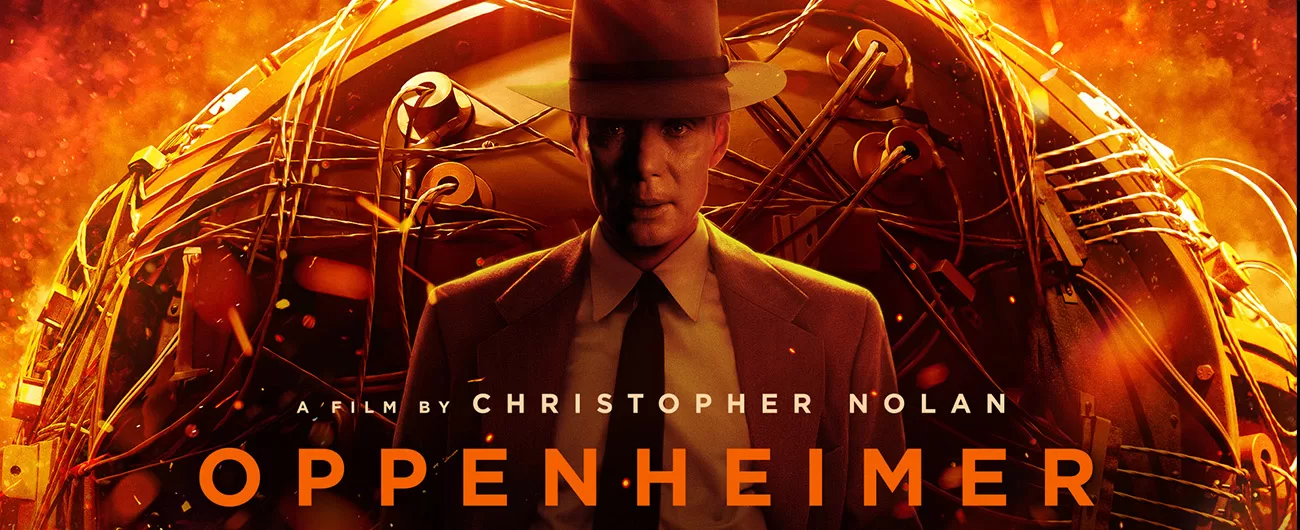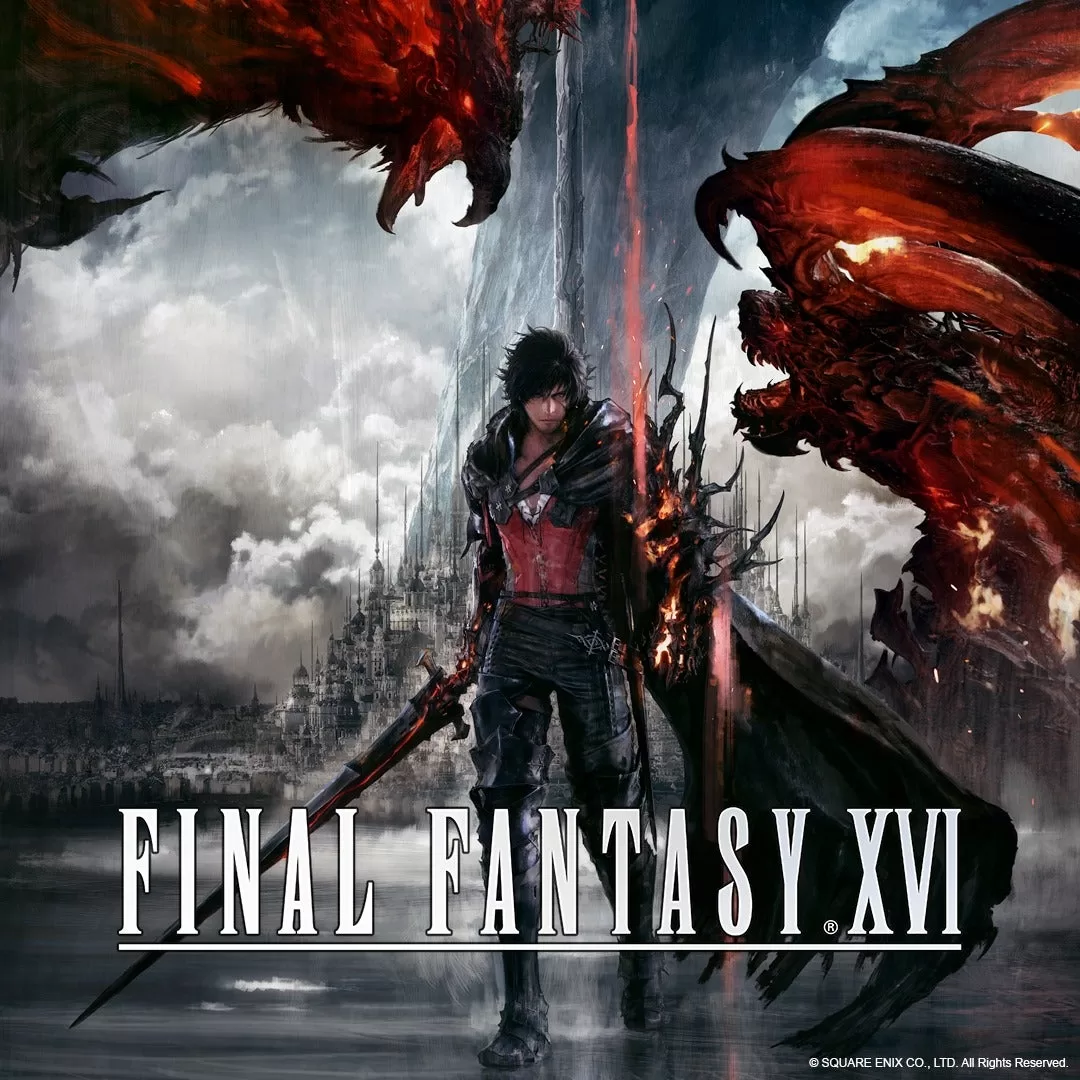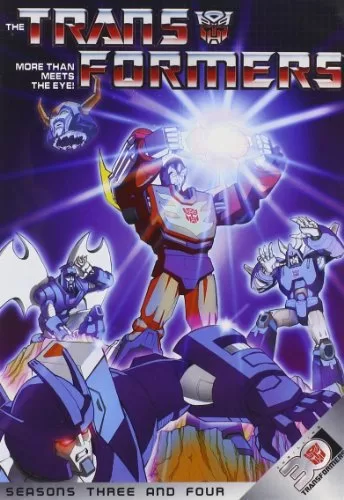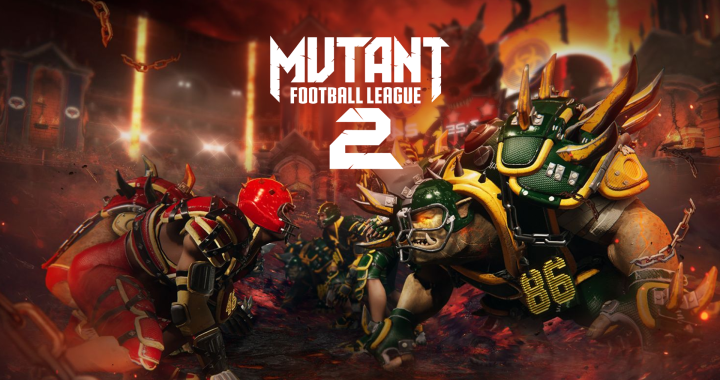VIDEO GAME REVIEW: Final Fantasy IV (Pixel Remaster)
I will admit to a nostalgic attachment to Final Fantasy IV as a game. It wasn’t my first RPG or my first Final Fantasy game; that was Final Fantasy: Mystic Quest, which was available on the SNES at roughly the same time. Nor was this my favorite game for very long, especially not after the later installments that realized the potential of the series. At the same time, Final Fantasy IV (then called Final Fantasy II in the US) was the game that made me a fan of the series and began what would become a life-long love of turn-based JRPGS. Moreover, it was this game that started to change the fortunes of the series. The story of Sir Cecil, Dark Knight of Baron, and his quest for redemption sparked the Golden Age of Final Fantasy, beginning with Final Fantasy VI, and the renaissance of JRPGs that followed. Square would remake this game several times over the past several decades to varying degrees of success.
The Pixel Remaster of Final Fantasy IV was a necessary project, due largely to Square Enix’s poor previous attempts to modernize this title. In fairness to Square, as much as I love this game, it has aged perhaps the most poorly of the old 16-bit Final Fantasy games. The graphics of the original FF4 don’t even compare very well to its immediate successors. Even Final Fantasy VI looks much more polished by today’s standards than the original SNES version of Final Fantasy IV does. There are games of that era that hold up extremely well today, especially the much beloved Chrono Trigger, the best JRPG of its generation and perhaps the best turn-based JRPG of all time. The pixel sprites come across as muddy and a bit messy by modern standards, the gameplay wasn’t fully polished, and the translations were sometimes unintentionally funny. At the same time, the story of FF4 that focused on love and redemption was compelling, the gameplay evolved well from previous installments of the series, and the characters were memorable for the first time. At the same time, this game hasn’t quite gotten the perfect remaster that it deserves, due in part to Square Enix pandering to mobile audiences. The previous version of this game was a shoddy mobile port that attempted to change too much, aiming towards 3D graphics and mobile interfaces, losing the unique flavor that FF4 once had.
Fortunately, the Pixel Remaster manages to correct the issues with the 3D mobile port of FF4, although there are lingering quality issues. The graphical style of the game has been restored to its proper 16-bit roots, although cleaned up and optimized for the PC and mobile versions. For the most part, the Pixel Remaster of FF4 looks like Final Fantasy IV did on the Super Nintendo. However, there are some noticeable differences, most obviously with the menu systems, which have been restructured with completely new fonts as the previous Pixel Remasters did. In the case of Final Fantasy IV, there are also Mode 7 sequences that improve on the cinematics in previous game; key scenes like the bombing of the castle of Damcyan are much more visually powerful with these additions. At the same time, the new menus look somewhat clunky in practice, and the new fonts look like they’ve been grafted on the original game. Older fans may find some of these changes jarring and may opt to mod the fonts to something that is more evocative of the original game. As a whole, the new graphics are a step up from the original game, and a huge improvement over the previous FF4 mobile port. Additionally, the new soundtrack of Final Fantasy IV, as with the previous Pixel Remasters, are a vast improvement in terms of music, with series composer Nobuo Uematsu involved in the new arrangements.
![]()
Fans of the original game will notice clear differences in gameplay between the original FF4 and the Pixel Remaster. The basic gameplay is still similar enough that FF4 is still playable if you’re a fan of the original SNES version. The turn-based combat still works, navigation on the map is still the same as it was, and the menus resemble the original game in function. Still, small differences may catch your attention as you progress through the main game. Certain party members will possess abilities added in later versions of the game, such as Cecil’s Darkness attack. Some things have been adjusted; arrows are no longer limited, allowing for unlimited shots with special arrows by archer characters. Instruction toggles have been added to the menus, allowing for new players to learn the system without difficulty. Full overworld maps have been added, making the areas easier to navigate; this is a godsend for those who don’t want to explore without slogging through incessant random battles. Purists who are looking for a challenge may not enjoy the way the game’s difficulty has been adjusted, while newcomers will find the Pixel Remaster to be more accessible.
At the same time, the Pixel Remaster is faithful to the core of the original Final Fantasy IV, and the core of that story remains intact. The central arc is centered on Cecil and his transformation from Dark Knight to a Paladin of Light. His complex relationships with his love interest Rosa and his best friend Kain remain intact as well. However, the dialogue is clarified and tightened, given a more polished translation that should be more understandable. The translators wisely keep some of the fan-favorite translation issues, including the infamous line “You spoony bard”, long since become a meme among Final Fantasy fans. The original storytelling also retains its flaws, including scenes that don’t add to much meaningful character growth and characters like Edward that amount to very little narratively. This is for the best, the Pixel Remaster feels more an authentic experience this way, closer to creator Hironobu Sakaguchi’s original vision for this game. If you don’t mind older and clunkier storytelling, then this game is worth experiencing for the first time. If you’re a longtime fan of the series, you’ll notice differences while enjoying the charm that FF4 has always had.
![]()
Final Fantasy IV has always been a flawed game, but it also had a charm that transcended those flaws. That remains true with the Pixel Remaster, which gives it a respectable upgrade while still not being a perfect game or even a perfect version of the game. If you’re a fan of the game, then you may still find much to enjoy even with its new changes and additions. If you’re a newer Final Fantasy fan, then this game may be an adjustment, but it’s a more accessible game that looks and plays better than the previous mobile version. While there is a certain tone-deafness in Square Enix’s decision not to bring the Pixel Remasters to console, my hope is that the success of the PC and mobile versions will lead to console versions down the road. These games are modern classic JRPGs and deserve to be enjoyed on the platforms they were intended for. Still, they are worth experiencing on any platform, and for now, the PC versions offer plenty of classic RPG enjoyment for old fans and new.
Score: 4/5
Publisher: Square Enix
Platform: PC, Mobile
Author Profile
- Steve Sellers had been a fan of superheroes ever since Superman: The Movie. But it took the JSA, the Legion of Super-Heroes, Dragonlance, Lord of the Rings, Twilight Zone, and Chris Claremont's legendary run on the X-Men to make him a writer and a longtime fan of comics, fantasy, and science fiction. Steve is the co-creator of WHITE DRUID & MICHAEL NERO and GUARDIANS OF ELAYIM for Omen Comics, and he is also the creator of BLITZ and SHOCKWAVE for Revelation Comics (an imprint of Omen Comics).










